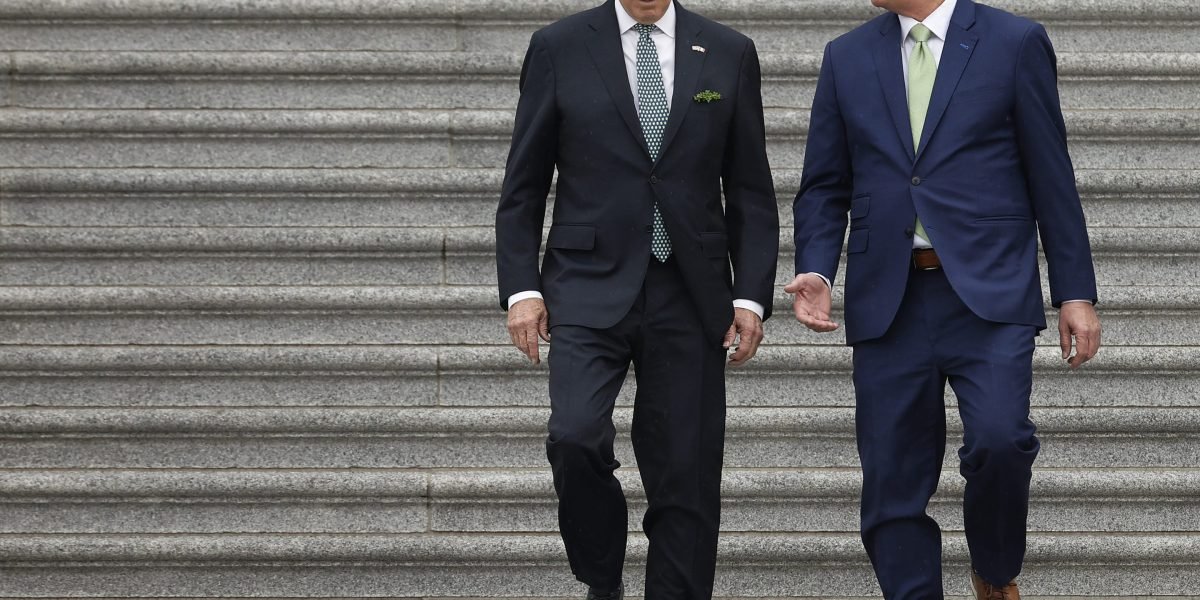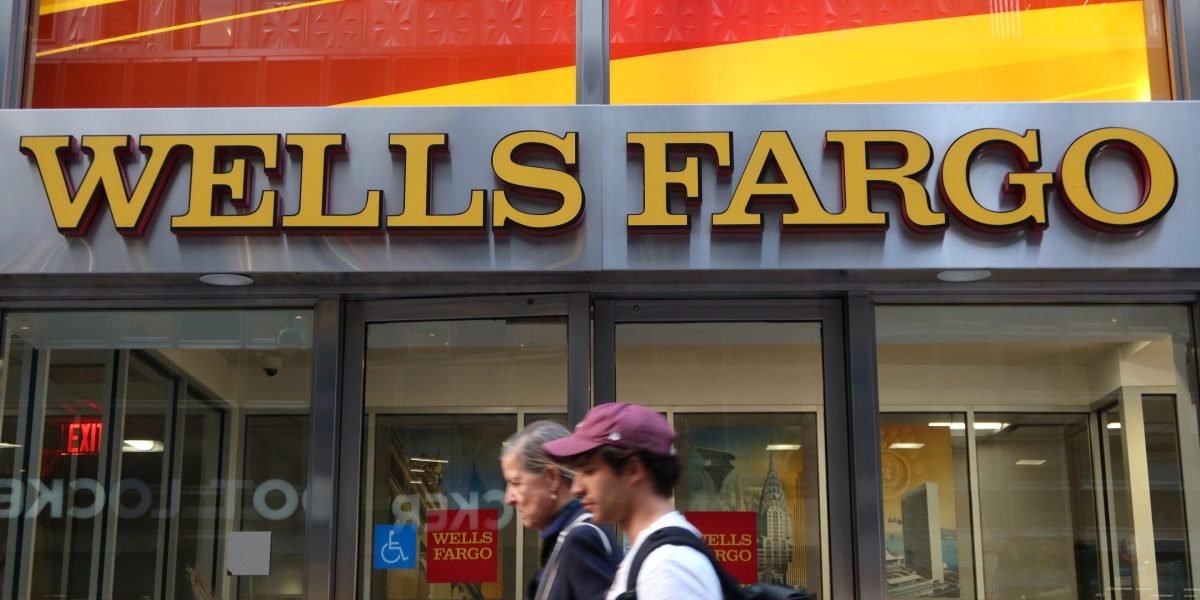The White House and Congress are fighting over whether to raise or cap the nation’s debt limit, the amount the government can borrow to pay its bills. If they can’t reach an agreement, it could be catastrophic for the economy. This is far from the first debt ceiling standoff in recent years, but the difference this time, experts say, is that lawmakers are dangerously close to a deadline of as early as June that would trigger a default.
The debt ceiling was created 106 years ago to simplify the government’s financing, but it is now effectively weaponized. It happened in 2011, when the Republican-controlled House played hardball with the Democrats in the White House and Senate over the debt ceiling in a bid to reduce the nation’s deficit.
A near-carbon copy standoff is playing out now as House Republicans argue for sweeping spending cuts. The U.S. hit the debt ceiling in January, forcing Treasury Secretary Janet Yellen to start “extraordinary measures” to avoid a default.
The exact timing of the so-called X-date is unknown, although it is likely to be between early June and early August, according to the Bipartisan Policy Center, a think tank. But it also could happen as soon as June 1, Yellen has warned, and Republicans are playing with fire.
Sha Hanting/China News Service/VCG via Getty Images
“We don’t know if it’s urgent until you start to see some real fallout from waiting too long. We’ve already waited too long. We should have increased the debt ceiling before we hit extraordinary measures,” Maya MacGuineas, president of the Committee for a Responsible Federal Budget (CRFB), a moderate-leaning non-profit organization that researches and communicates budget policy issues, told Fortune.
A Friday meeting between President Joe Biden and House Speaker Kevin McCarthy to hash out a compromise was delayed to next week, but the closer the country gets to the X-date, the bigger the risk.
“The power of the debt ceiling comes from holding the economy hostage to use as leverage,” Louise Sheiner, policy director of the Brookings Institution’s Hutchins Center on Fiscal and Monetary Policy, a centrist monetary and fiscal policy research organization, told Fortune, adding that unlike previous standoffs, “this time, it seems more likely that we’re going to actually not act before the debt ceiling binds.”
A default would be uncharted territory and nobody knows what the consequences would be, but the stakes could be very high. If the government runs out of cash, it might have to prioritize different programs affecting payroll for military members and benefits recipients, and would no longer be able to fulfill interest payments and obligations to bondholders, raising the risk of a default. Credit markets worldwide could be rocked, and uncertainty might undermine confidence in the U.S. financial system, exacerbating the chances of a recession.
“We’re already vulnerable. We’re worried about the banking crisis, the Fed raising rates—this is not something that we need to add on to this economy,” Sheiner said. “Things are shaky and more vulnerable than you might guess, and kind of interconnected in ways that are hard to know beforehand.”
Congress’ favorite ‘bargaining chip’
The U.S. government has been running on an annual deficit since 2001. Normally, that isn’t a problem, but it does mean a large amount of the government’s spending is from credit.
Any borrowing must first be approved by Congress, according to the Constitution, and the debt ceiling has been a marker for how much the government can borrow since 1917. Raising the debt ceiling became more or less standard practice after 1939 when Congress restructured U.S. debt, and since 1960, Congress has raised the limit 78 times, according to the Treasury.
But U.S. debt has become a grievance for Republicans in recent years as the deficit grew larger. U.S. borrowing has been rising fast for years, and both the Trump and Biden administrations borrowed trillions during the COVID-19 pandemic for relief programs. Total U.S. debt hit $30 trillion for the first time last year, and the current debt ceiling, which was surpassed in January, is set at $31.4 trillion.
With U.S. debt to rise by as much as $19 trillion over the next decade, Republicans are calling for deep spending cuts as a tradeoff for raising the debt limit, despite big risks to the economy.
“It’s a bargaining chip that really shouldn’t be used because of the harmful effects that it would produce,” Paul Van de Water, a senior fellow at the Center on Budget and Policy Priorities, a nonpartisan research institute, told Fortune.
Last month, the Republican-controlled House approved a bill that would raise the debt ceiling in exchange for caps on future spending growth and rescind plans to cancel student loan debt, cut new funding for the Internal Revenue Service, and erase energy and climate credits while supporting new oil and gas projects.
Both the White House and the Democrat-controlled Senate made clear the proposal was dead on arrival, but the process highlights how the debt ceiling is now commonly used to steer the opposing party towards compromising on policy goals.
“[The Republican Party] is trying to use that threat to gain legislative leverage and use it really as a sort of a focal point for a strategy. That obviously comes with very real dangers,” David Kamin, a New York University law professor who has held senior economic and policy advisory roles in the Obama and Biden administrations, told Fortune.
The cost of uncertainty
While the consequences of a debt default would likely be disastrous, the U.S. runs another risk the closer it gets to the X-date, as uncertainty over the government’s ability to pay its bills threaten to undermine confidence in the financial system.
“Acting sooner rather than later would be a wise move,” the Center on Budget and Policy Priorities’ Van de Water said, because of likely higher Treasury borrowing costs and cutbacks in federal spending if we near the X-date without an agreement. The many unknowns of a U.S. debt crisis could also make markets shakier the closer the government gets to the date, he added: “There is a cost to uncertainty, and it grows the closer we get to a possible default.”
A default, or even the legitimate risk of one, could be disastrous for financial markets, which have already been battered by high interest rates and a banking crisis. The stock market is so far holding up well, with the S&P 500 up nearly 8% this year, but there are early signs that investors are starting to hedge their bets.
“With every day that we wait, it increases the chance that it will make the market skittish and that there’ll be unnecessary costs associated with this,” the CRFB’s MacGuineas said.
The cost of U.S. credit default swaps, which are purchased to insure against losses from a default, hit a record high this week as investors piled into them, becoming even more expensive than in countries where defaults are relatively common, like Mexico and Greece.
“I think that there is some damage being done by the uncertainty, and some damage being done by the fact that people recognize our political system is so dysfunctional there is actually a possibility something very bad for the economy will be allowed to happen for political reasons,” Sheiner, from the Hutchins Center, said.
Even if debt ceiling standoffs have almost become a common occurrence in recent years, it’s unclear how far the parties involved are willing to take this debate, although a prolonged standoff would magnify the risk.
“It’s essentially a game of chicken trying to force the other one to give in,” Eugene Steuerle, a fellow at the Urban Institute, a think tank, who directed tax reform efforts at the Treasury, told Fortune.
After a meeting between Biden and Republicans last week, McCarthy said he “didn’t see any new movement,” setting the stage for a potentially lengthy standoff with the X-date looming. Also this week, Biden was said to be considering extraordinary measures of his own to resolve the issue, namely invoking the 14th Amendment, which has a clause some legal scholars say makes an avoidable default unconstitutional, giving Biden the right to unilaterally raise the limit.
Biden is reportedly considering that option as a last resort given its shaky legal ground. And while rising debt levels are a reasonable concern over the long run, questions have also been raised as to whether the debt limit serves any function at all anymore or if it hinders functional government, with Yellen notably supporting the debt ceiling’s abolishment in 2021, calling it “destructive.”
But in the short term, the debt limit standoff needs to be resolved, and the earlier the better, according to legal and economic policy experts. The longer it goes on, the greater the risk to both the U.S. and world economy.
“A lot of these particular types of risks are very contagious. One often doesn’t even think through what all the contagions are, but they can be vast and quite extensive,” Steuerle said. “Even if you don’t get a worldwide recession you have this danger that people are playing with. And they’re playing with it in ways that just don’t make a lot of sense.”





